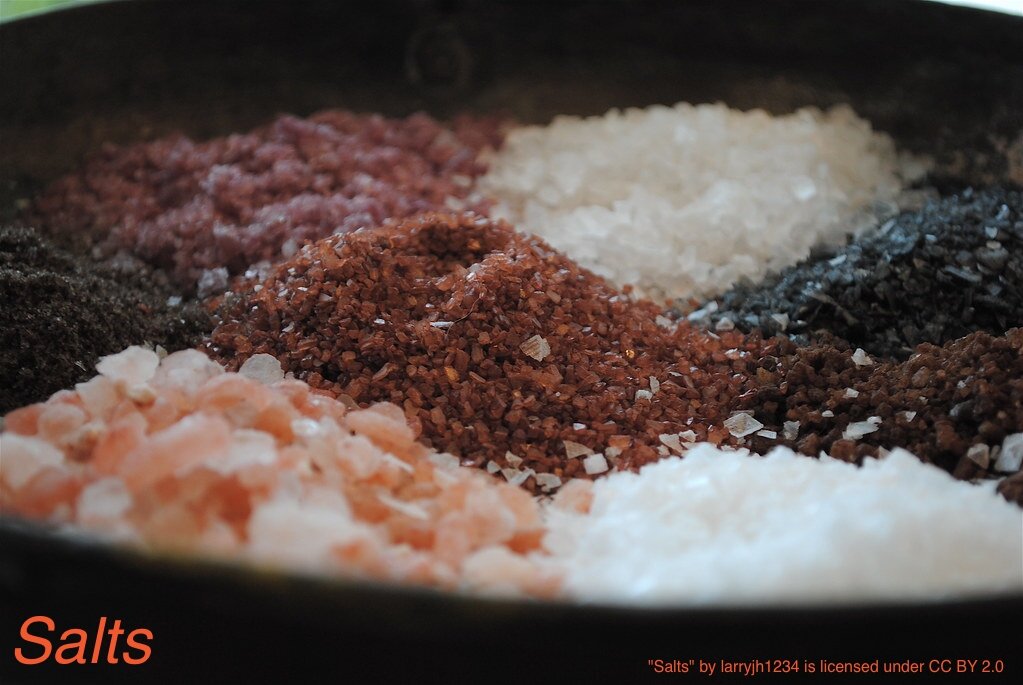
The Two Minute Self-Test
To test myself for racism I have often imagined something catastrophic, like a war commencing in my city or a volcano going off nearby. I look around the building I’m taking shelter in and see three groups of people of who I don’t know. Asians, blacks and whites — all dressed relatively the same. Which group am I most drawn to go to, so I can weather the crisis without being alone? (Making this specific to your gender can also help with accuracy.)
If I discover in the middle of a crisis I am more drawn to someone of my own skin color, in my case caucasian, I take the time to think through scenario’s of choosing to move into another group to make sure my heart has no inner judgements.
To be fair, we all tend to choose that which is most familiar, especially when the once familiar ground is shaking under us. Also we intuitively know that moving into a group with more dissimilarities poses more risks for us. There are more unknowns. If I am in the Philippines during a volcanic eruption, going to a white skinned group may help me find people that think more like I do. This makes life easier — not as much to cross- culturally process during a crisis. Conversely, going to the Filipino group may mean they have more local knowledge of surviving volcanoes.
Robert Cialadini in his widely read book Influence: Science and Practice, reflects on studies that show group apathy. We tend to act like those around us as a function of stability, but this sometimes makes us miss clues, like smoke curling under the door (or racism). One thing he points out is that in a personal emergency while amid a crowed area, our goal should be to make specific eye contact with one individual. We need to become a person to them, not just part of the crowd.
How can we apply “eye contact” to counter our negative bias against nationalities and skin tones who are other-than-us?
Familiarity with Racism
To be clear, my angle and experience differs greatly from the racism experienced by a black person in America. Or the racism experienced by an Asian in America during COVID 19. I’ve spent many years traveling and living in Southeast Asia. My family has four generations of history there. I’m a white skinned Asian boy. As a white skinned American working in remote regions I’ve often been labeled stingy-ultra-rich, imperialistic, and CIA. Ouch.
I’ve traveled ethnic Wa regions in Yunnan and Myanmar where the children squeal and old ladies cackle, “Gala, gala!” when I arrive. This is a similar language to what “nigger” is sometimes thought of in the USA. I have to lay offense aside if I want to function happily in their territory. There are deep layers of distrust you have to wade through as a foreigner, especially in remote regions. Here you are not part of the crowd but a mistrusted outsider. In many cases it is culturally honorable for people to mistreat you, cheat you and steal from you to protect their community.
Accepting that on some level you are “less than” in other people’s eyes while seeing that their cultural has something beautiful to offer you and the world is the true price of bridging across the racial divide. Most of us don’t want to pay that price as accepting devaluation in others’ eyes as a path to reward is counterintuitive.
Are you concerned about racism?
-
Read my blog about the history of police: MarcusJYoung.co/blog
-
Fight racism by learning how to love enemies: https://amzn.to/358Iv62

